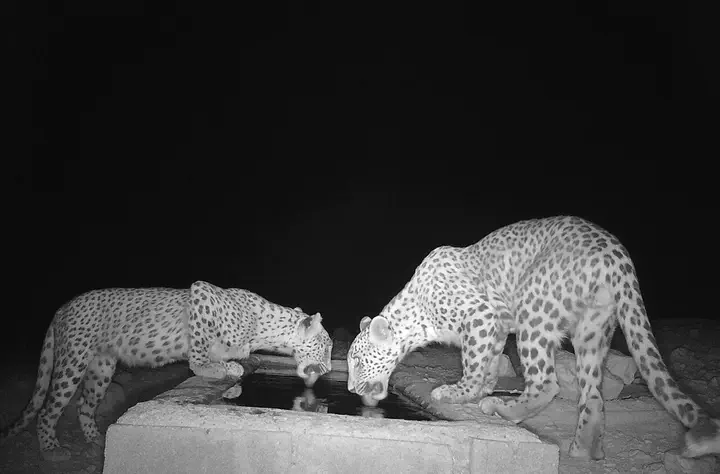What determines livestock depredation by leopards?
 PWGF
PWGF
Human-wildlife conflict is a major conservation challenge worldwide, with negative consequences for people and wildlife alike. Large carnivores, despite their key role in ecosystem functioning, are persecuted throughout their ranges as a response to perceived or actual risks to livestock and humans. To promote human-carnivore coexistence, a better understanding of the determinants of conflict is necessary. A range of factors have been hypothesized to influence livestock depredation risk, including carnivore habitat suitability and connectivity, prey availability, and anthropogenic factors. Yet, the relative importance of these factors is often unclear. We analysed and mapped livestock depredation risk for the Persian leopard (Panthera pardus tulliana) in southern Iran using a species distribution modelling framework. We used livestock depredation reports and interviews (n = 199) from 25 randomly selected villages together with predictors capturing leopard habitat suitability, movement corridors, wild and domestic prey, and anthropogenic pressure. Our leopard habitat suitability and connectivity analyses predicted 28 core habitat patches (>250km2) associated with mountainous and conserved areas, with partly severed corridors between them. Our risk mapping indicated that the chance of livestock depredation increased in areas with higher leopard habitat suitability. Conversely, depredation risk was lower in areas with more wild prey. We predicted the highest depredation risk in about 12 % of the landscape where urgent conflict mitigation measures would be most beneficial. More generally, our study shows that while conservation areas provide refuge for carnivores, these areas can also lead to higher levels of conflict, hence mitigation measures should be prioritized in their surroundings.
See the full paper here: Rasoul Khosravi, Leila Julaie, Guillermo Fandos, Tobias Kuemmerle, Arash Ghoddousi (2024). Determinants of livestock depredation risk by Persian leopards in southern Iran. Biological Conservation.